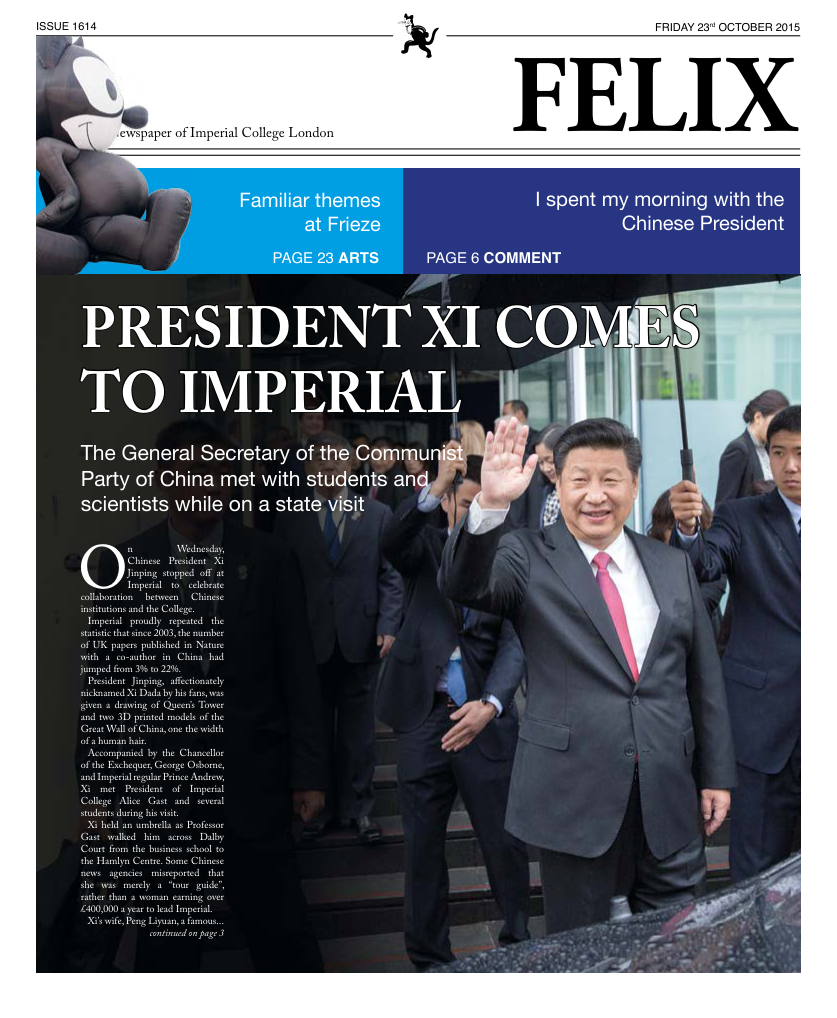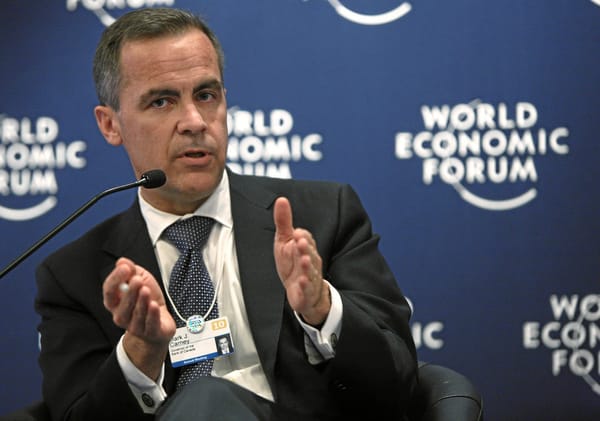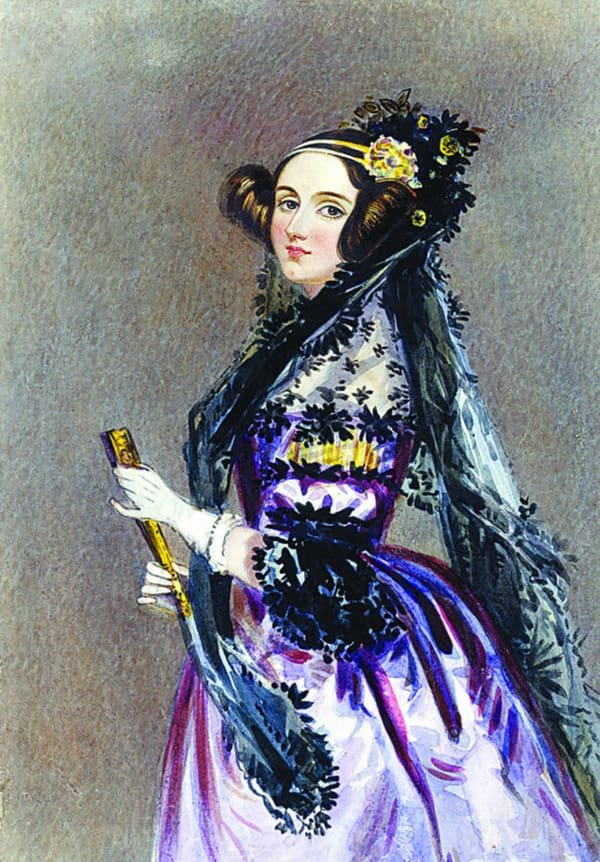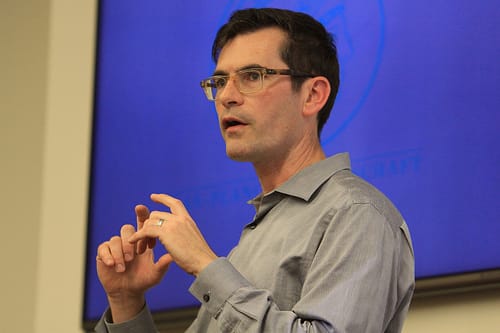Women are needed to increase productivity
UN goal to seek greater female presence in science

Last month the United Nations adopted a new manifesto to change the world. Sounds dramatic, but the Global Goals for Sustainable Development are the new benchmark to measure our progress as a species for the next 15 years; and it turns out the scientific community may be the key to unlocking such high ambitions.
While some goals are explicitly linked to research – climate change, sustainable energy and clean water – two targets could find less obvious common ground in STEM circles. Those being Goal 2: Zero Hunger and Goal 5: Gender Equality.
Although the relationship between STEM and feminism throughout history has been complicated, to put it kindly, new data shows that the pay gap is narrowing, even if progress is admittedly slow. The key problem is now seen to be encouraging women into STEM careers. It’s a common observation, even sort of a running joke, that Imperial “has no girls”, a statement that all too often extends into the wider world of research. Women in the UK fill only 9% of non-medical STEM posts and this is a problem, not just for equality but for science itself.
These issues have been thrust back into the spotlight over the weekend due to the Borlaug Dialogue conference, which focuses on food security in the developing world. The Borlaug convention created waves this year when the central message emerging from the discussions had an unexpected emphasis on the need for female researchers.
The convention wasn’t all talk when it came to including women either, with 3 key heavyweight female speakers including Chelsea Clinton the Vice Chairwoman of the Clinton Foundation and Florence Chenoweth, the Minister of Agriculture for Liberia. This wasn’t framed as an issue of political correctness but instead a matter vital to achieving the “Zero Hunger” goal set for 2030, perhaps one of the most ambitious targets on the list.
The UN’s Food and Agriculture Organization (FAO) have collected data showing that disadvantages for women in agriculture also include a lack of opportunities that drag down the efficiency of the whole system. As the FAO’s official statement explained, “if women had the same access to productive resources as men, they could increase yields on their farms by 20-30%”.
According to World Food Programme, if there were equal opportunities for farmers the number of undernourished people in the world would decrease by 150 million people. Developing countries, where an estimated 13% of the population goes hungry, would benefit the most from such measures.
So the question remains: if an increased female presence is what’s needed how do we achieve that? The solution presented by the director of African Women in Agricultural Research and Development, Dr. Wanjiru Kamau-Rutenberg, is a difficult one: change the culture of scientific research. She stated the goal is “as much about institutional transformation as it is about investing in individuals”.
A problem this complex needs to be address on multiple levels if meaningful change is to happen. A wide range of measures to improve conditions of maternity leave, equal pay and encouraging interest from a young age are essential for success.
Scientific culture does have at least one thing going for it though; science likes to aim high. In all likelihood not all the Global Goals will be met by 2030, but by continuing these discussions the research community can make more of an impact on more sources of inequality than they could have ever predicted.









